If you’ve spent a decent amount of time on social media sites such as Pinterest or Tumblr, you may have come across an internet aesthetic called Dark Academia. An internet aesthetic is a subculture that can involve a variety of things, from art styles to clothing, and even the kind of media that one enjoys. Dark Academia, in particular, takes inspiration from novels such as “The Secret History” by Donna Tartt, “The Picture of Dorian Grey” by Oscar Wilde, or movies such as “The Dead Poets Society.” The style is brooding and scholastic, with a hint of Gothic elements such as skulls. People involved in the subculture tend to pursue more intellectual pastimes, which could be anything from reading poetry in coffee shops to painting their magnum opus.
Dark Academia gained traction around late 2020. Looking at data from Google trends, we can find that Google searches for Dark Academia peaked between December 27, 2020, and January 2nd, 2021. The COVID-19 pandemic was the root cause of this rapidly growing internet aesthetic. With the shutdown of schools, romanticizing academics through Dark Academia may have helped students cope with the fact that they didn’t have access to a conventional school experience. Even after lockdowns ended, the aesthetic remained popular online. However, with the popularity of Dark Academia, criticisms of the internet aesthetic arose.
From accusations of the aesthetic being Eurocentrist to promoting unhealthy habits,Dark Academia often elicits a negative reception. Now, participating in or even enjoying Dark Academia does not immediately make one elitist or non-inclusive. These issues are focused on the media that Dark Academia is centered around. One can be part of Dark Academia without promoting these ideas. Nevertheless, it’s worth looking into these problems with Dark Academia in order to see how the aesthetic can be improved, and thus become more accessible and inclusive to others.
One of the most prevalent criticisms of the aesthetic is that Dark Academia primarily focuses on Western ideas and literature, excluding Eastern contributions to the humanities. The aesthetic promotes readings of the classics, and tends to focus on European literature, which was mainly written for an audience from those countries. Though one can derive many insights from these books, ignoring the contributions of Eastern authors to the modern world can lead to young scholars believing that Western knowledge is superior, a false belief. Furthermore, Dark Academia books and movies tend to focus on white, male characters, isolating fans who struggle to find representation. Dark Academia novels that do have an inclusive cast of characters (a notable example being “Ninth House,” by Leigh Bardugo), are still not popular enough in the aesthetic to go beyond the white, western norm.
Another point, brought up by classmate L Delaney ‘28, is that internet aesthetics seem to be consumerist in nature. L mentioned how retailers such as Target might pump out a vast amount of clothing that fits the aesthetic in order to boost sales, but a majority will inevitably go to waste once the trend begins to decline. Dark Academia as a fashion style tends to veer toward formal, collegiate, more expensive clothing. Buying items that fit the aesthetic, such as a blazer, can cost up to 200 to 400 dollars in total. People who participate in Dark Academia may not be able to afford clothing at such a high price. In this context, fast fashion created for the aesthetic can help make the fashion more accessible. But, this mass-produced clothing is usually low quality, doesn’t last long, and negatively impacts the environment. This leads to a bit of a conundrum; is there an ethical way to make the style more accessible? I think the best way to partake in Dark Academia clothing without fast fashion is to source items from thrift stores, which are much more affordable.
A common theme in Dark Academia novels is indulgence. Whether that be with something as common as coffee to struggles with alcoholism, the aesthetic has been accused of glorifying and romanticizing unhealthy habits, even for things as mundane as all-nighters. While Dark Academia could potentially introduce younger readers to these harmful habits, exploring these themes is vastly different from actively encouraging people to develop self-destructive lifestyles. Readers could attempt to emulate self-damaging traits to act more in line with Dark Academia lifestyles, but they might also simply appreciate these indulgent themes for how they provide complexity and depth to characters and stories.
Looking at the variety of problems we’ve covered in this article, it becomes apparent that Dark Academia demonstrates a kind of naivete that seems almost contradictory to what it stands for; the pursuit of education. By staying in a proverbial bubble, the aesthetic limits itself, and thus limits how it can reach and impact people. By pointing out its issues, one will realize that they relate to more real-life dilemmas as well: inclusivity, consumerism, and Eurocentrism. As students at Albuquerque Academy, it is important to note that we also demonstrate this privilege of innocence at times. Picking up on these issues, even with something as simple as an internet aesthetic, reminds us that the world isn’t as fair as some of us might think it is.
A Deep Dive into Dark Academia
Kay Rai ’28, Writer
May 21, 2024
Categories:
1
0
Tags:
More to Discover


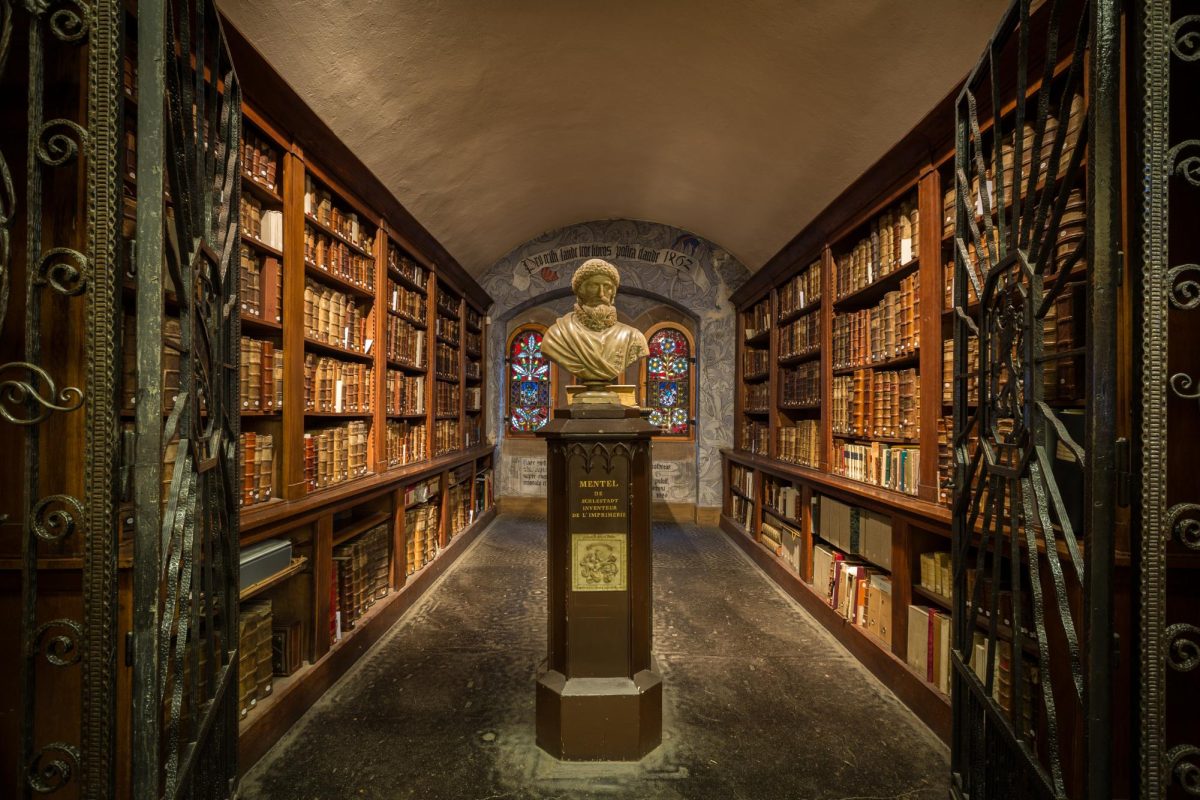

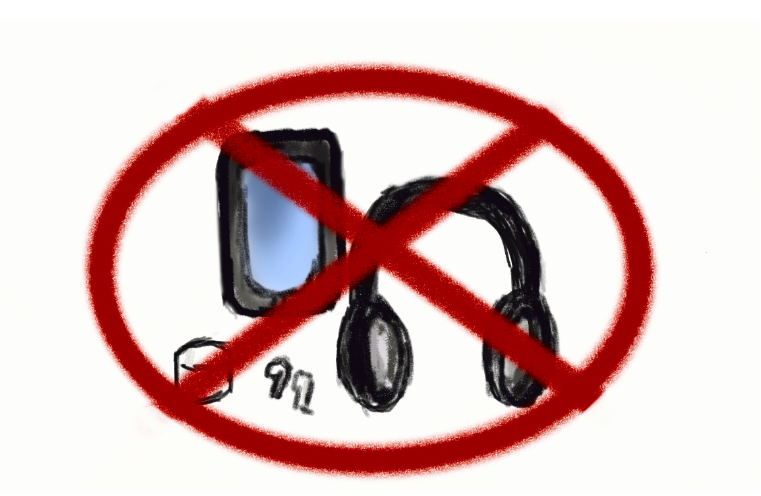
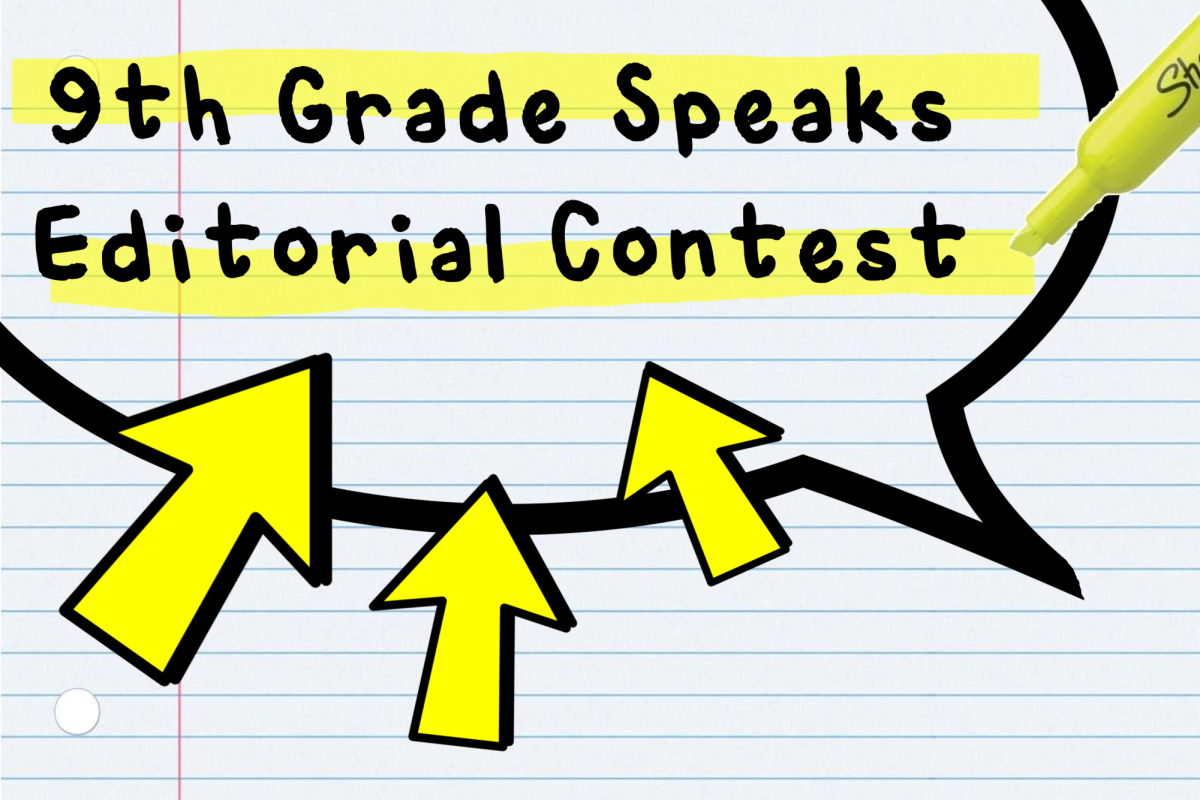
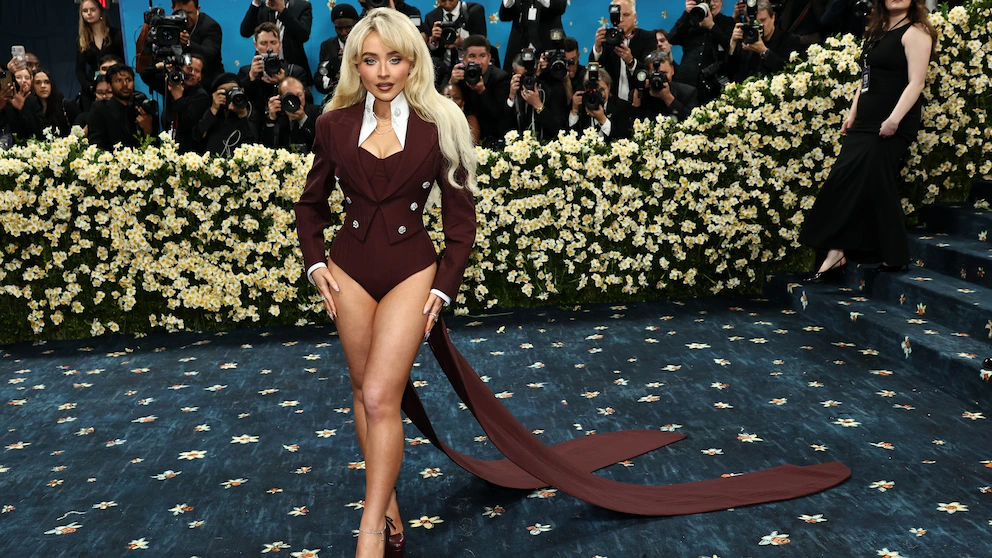

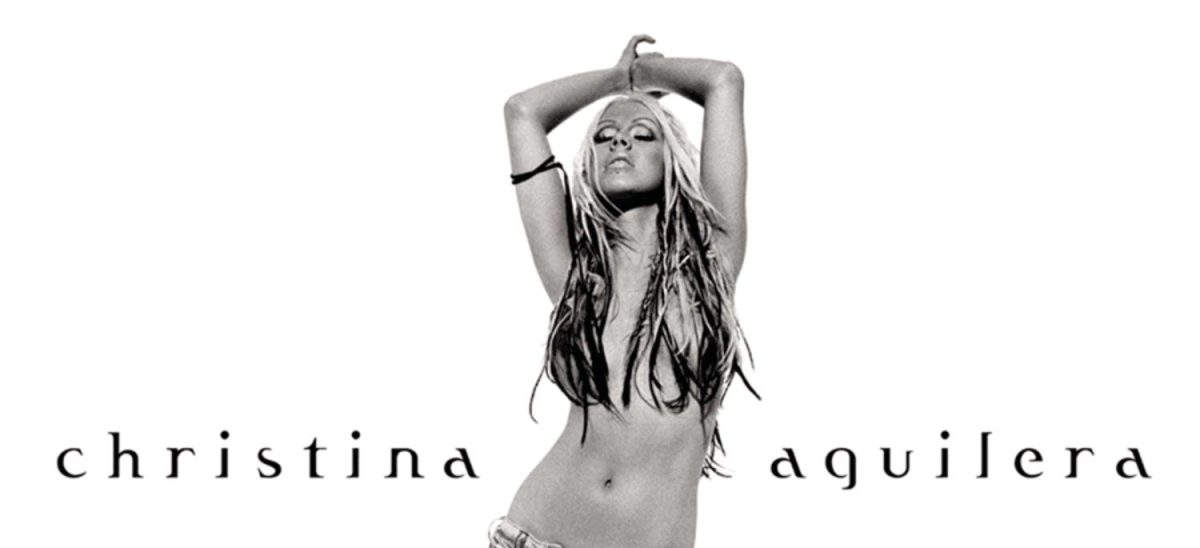

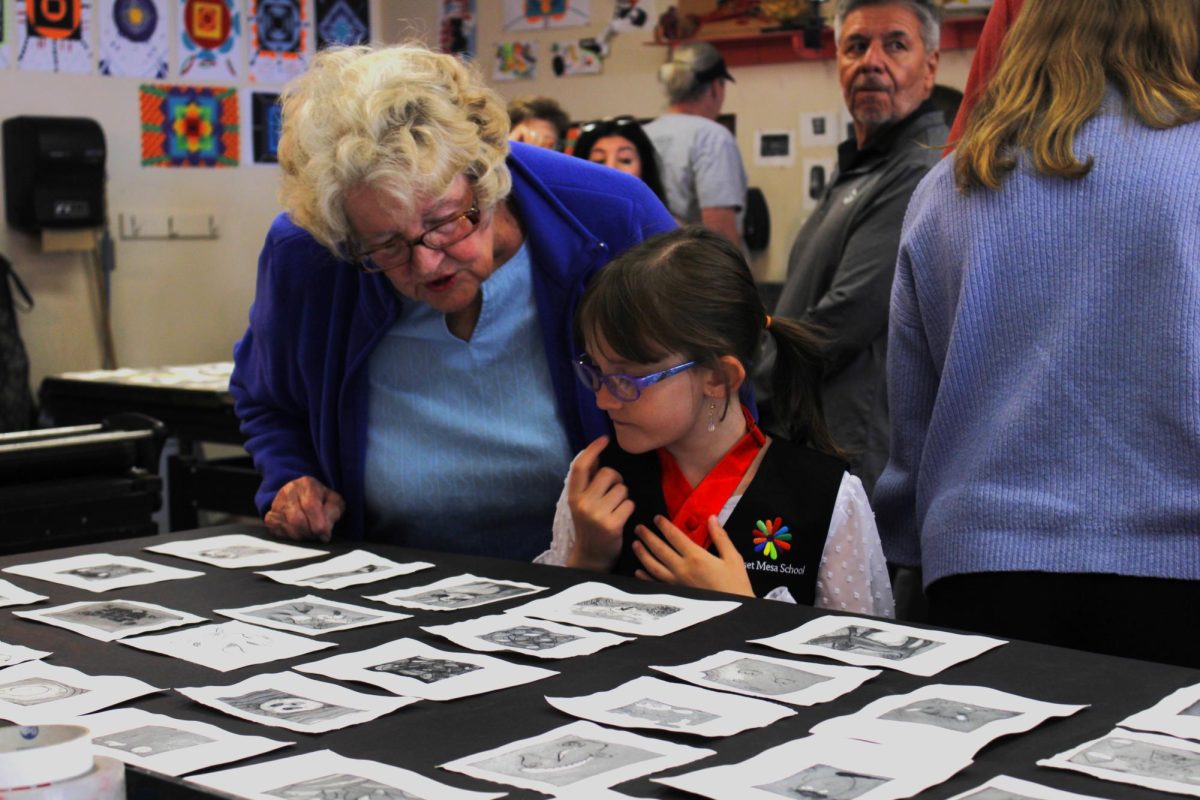
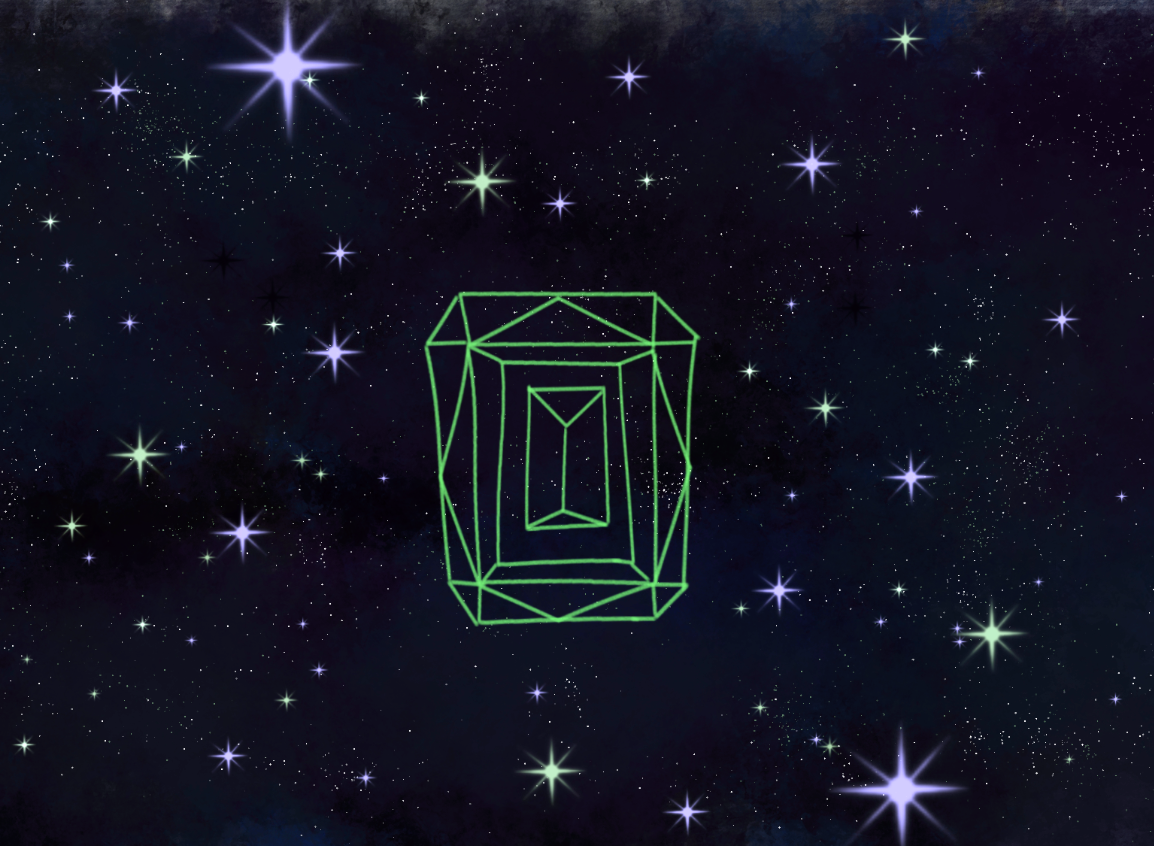
Linda • Sep 3, 2024 at 10:20 am
Article is too negative I am 81 and I like the library an d some decor items associated just have fun do not take serious